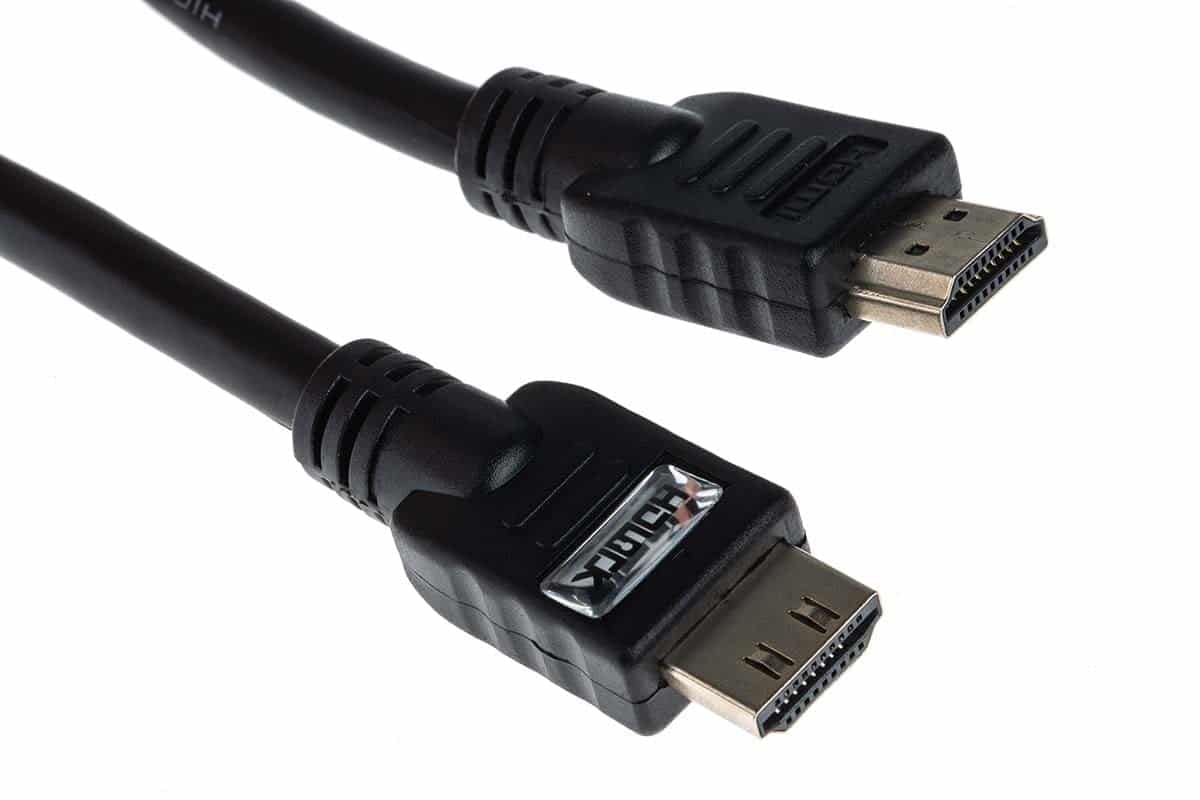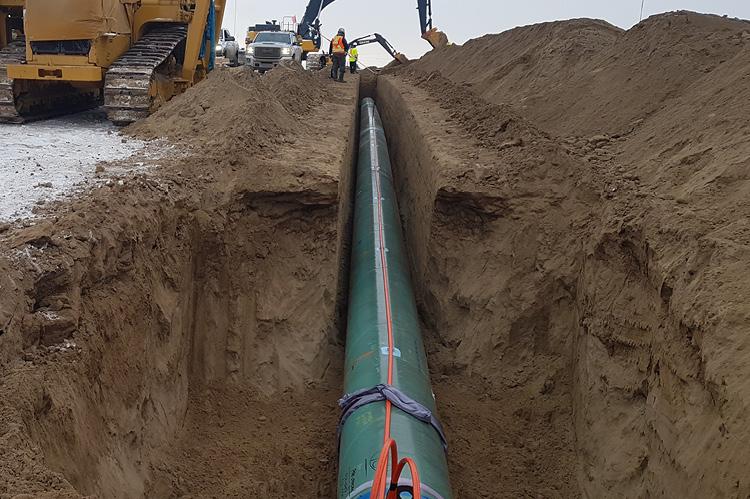If you’re in charge of keeping a pipeline in good condition, you are aware that leaks can occur at any time. And when they do, it’s critical to have the ability to spot them as soon as possible.
Fiber optic leak detection is one technique for accomplishing this. Any type of pipeline can employ this method of leak detection, which is a quick and efficient technique to discover leaks.
In this article, we’ll explain how fiber optic leak detection works and how you may apply it to find pipeline breaches.
How to use fiber optic leak detection to find pipeline leaks?
Businesses may have a lot of trouble with and suffer significant damage from pipeline breaches. Fiber optic leak detection is one technique for finding pipeline breaches. This innovation uses light to find pipeline leaks.
A relatively new technology is fiber optic leak detection. Nonetheless, it is a successful method for finding pipeline leaks. Installing sensors along the pipeline is the first stage. These sensors are capable of spotting leaks and relaying that information back to the control panel.
The next stage is to keep an eye on the data after the sensors have been deployed. The location and size of the leak will be determined with the aid of this data. If the leak is significant, the pipeline may need to be replaced or repaired. Pipeline leaks can be quickly found with fiber optic leak detection, which can also save companies a lot of money on repairs and other costs.
Fiber optic leak detection advantages
Fiber optic leak detection is increasingly being considered as a way to enhance operations and minimize future accidents. When a pipeline has leaked, fiber optic leak detection is incredibly accurate and can locate the breach quickly. This knowledge enables prompt and appropriate corrective action, ensuring that any potential harm is reduced. Fiber optic leak detection can also be used in conjunction with other technologies to more effectively monitor an organization’s overall infrastructure.
What procedures are involved in using fiber optics to find a pipeline leak?
Fiber optics can be used in a number different ways to find pipeline breaches. Infrared thermal imaging is a well-liked technique that makes use of sensors to find variations in an object or area’s temperature. Additional techniques include hydrostatic pressure measurement, gas detecting dogs, and sound monitoring. No of the specific technique employed, all pipes must be regularly inspected for leaks.
Is pipeline leakage detection using fiber optics really necessary?
Although fiber optic leakage detection is not generally required for pipelines, it can be a useful tool if one occurs. Finding places where liquid or gas is escaping from the pipeline can be done with the use of fiber optic leak detection. Crews can use this information to find the leak and fix it.
Fiber optic leak detection is helpful for spotting additional pipeline issues that might exist. Fiber optic leak detection, for instance, can assist in locating corrosion or damage that may be the source of the leak. Moreover, fiber optic leak detection can assist in locating probable contaminant sources.
What happens next after a suspected pipeline leak?
The next step after finding a pipeline leak is to investigate further and ascertain its cause. The three basic techniques for performing this are visual inspection, fluid level testing, and environmental monitoring. Environmental monitoring can assist in identifying probable leakage reasons including corrosion or pipe damage. Doing a fluid level test might reveal whether excessive amounts of water are dripping out or whether the liquid is leaking. Physical leakage indicators may be visible, such as wet patches on the ground or a change in the color or smell of the spilt substance.
Pipeline leaks can be found via fiber optic leak detection, which can provide real-time information on the location and magnitude of a leak. The appropriate course of action to take to fix the leak can then be decided using this information. While fiber optic leak detection may not be required for all pipelines, it can be a useful tool for quickly and effectively locating leaks and correcting them.







